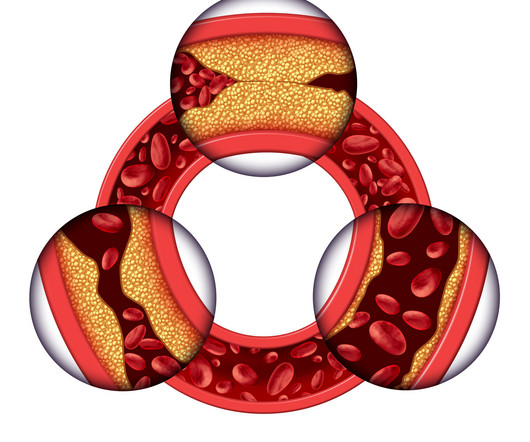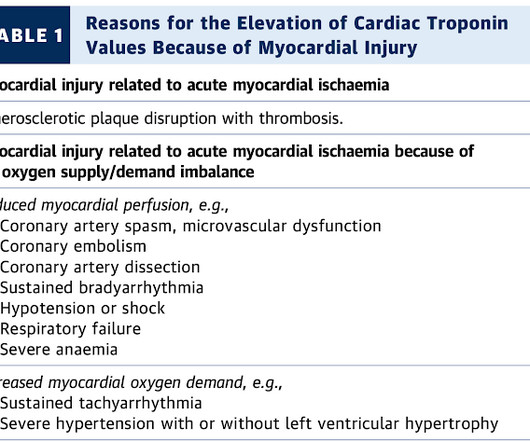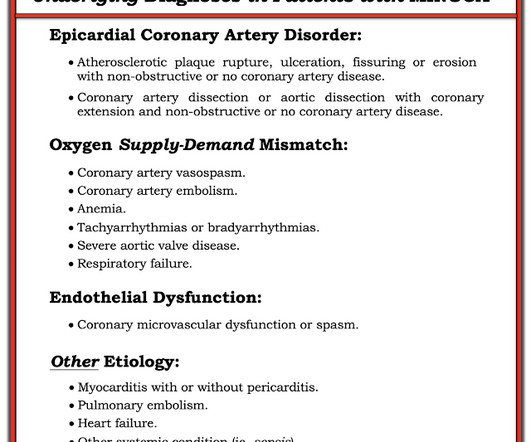Vessel-Level Coronary Atherosclerotic Plaque Activity Predicts Myocardial Infarction Risk
Cardiology Update
JUNE 16, 2024
Recent research has illuminated the role of total coronary atherosclerotic plaque activity across the entire coronary arterial tree in predicting patient-level clinical outcomes. Vessel-level coronary atherosclerotic plaque activity was assessed using coronary 18 F-sodium fluoride positron emission tomography (PET). 3.72; P = 0.013).



















Let's personalize your content